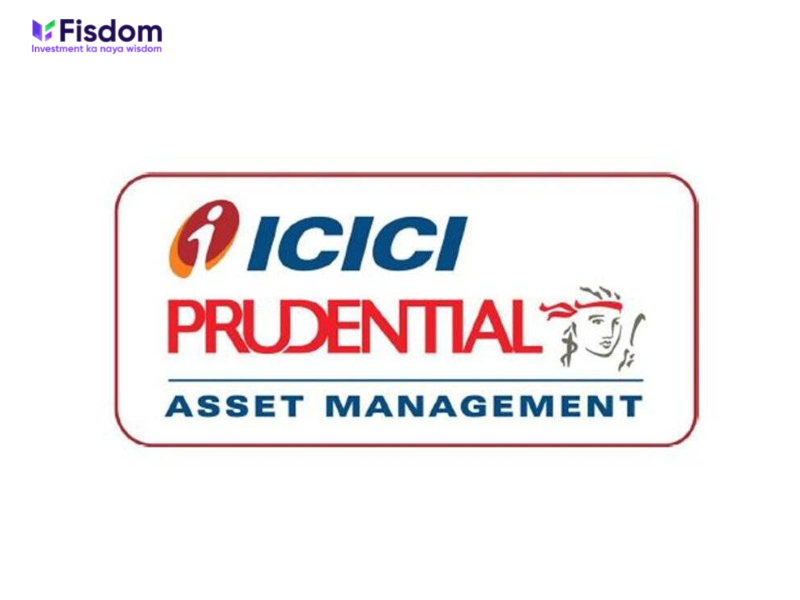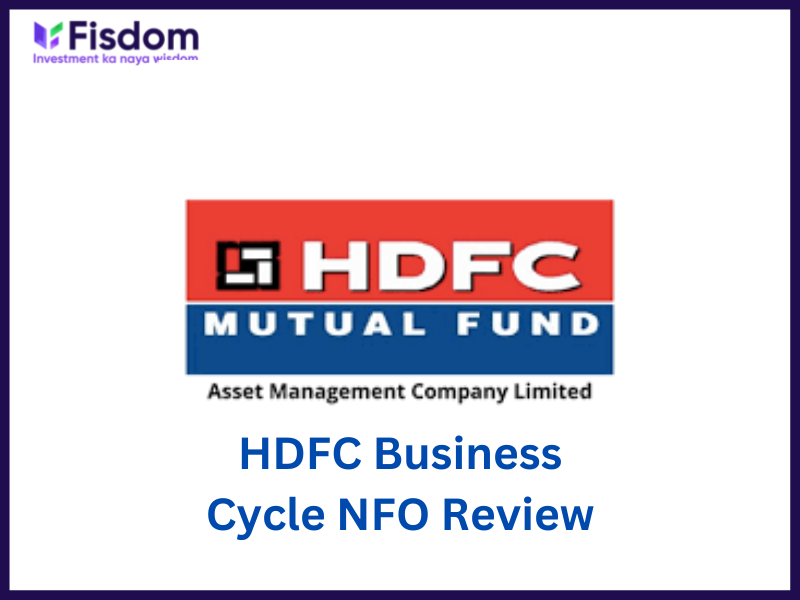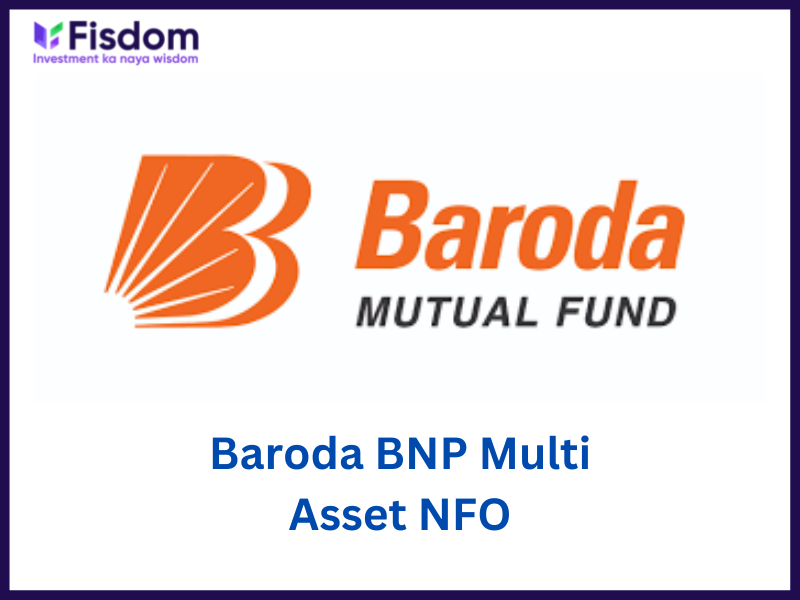
Introduction
White Oak Capital is set to launch a new fun in the Mid Cap Fund category. This fund will be launched on 16th August 2022 and will continue up to 30th August 2022. The benchmark of the fund is S&P BSE Midcap 150 TRI.
Investment objective
The investment objective of the fund is to invest predominantly in the stocks of midcap companies and seek to generate capital appreciation for the investors by actively investing in a diversified portfolio as well. However, the fund does not guarantee the achievement of the objectives and generation of returns.
Reasons to invest in the NFO
This fund belongs to the mid-cap fund category and provides the benefits of diversified investment classes. The key benefits of investing in this fund are highlighted below.
- Diversified and balanced portfolio
The assets of the fund will majorly belong to the mid-cap companies segment, i.e, a minimum of 65%. The other investment classes include strategic investments in small-cap stocks as well as large-cap stocks for liquidity. The investment strategy of the fund is to create a balanced portfolio that is a healthy mix of pro-cyclical and counter-cyclical stocks to reduce the impact of microeconomic shocks.
- An excellent option for long-term investment
Investment in mid-cap funds is a riskier option as these stocks are more volatile than large-cap stocks, however, in the long term, these stocks have the potential to provide better returns than the large cap as well as debt funds category. Hence, investors who have a higher risk appetite and a longer investment horizon can opt for this NFO.
- Expert team
White Oak Capital has an excellent team of experts that cover more than 1000 stocks which account for more than Rs.1,00 crore in market capitalization. The fund manager and their team for this fund track every target sector with in-depth analysis. These analysts have experience in tracking these sectors for more than a decade and have, therefore, gained expertise in analyzing the sectoral behaviour to the changing trends and market conditions.
- Detailed analysis of the negative list of stocks
The fund undertakes detailed forensic analysis to identify stocks that can belong to the negative stock lists. This will help in reducing the possibility of accidents on account of inadequate corporate governance.
Performance of the benchmark
Given below is a brief outlook of the returns of the S&P BSE Midcap 150 TRI index against other indices over various periods as on 8th August 2022.
| Period | S&P BSE Midcap 150 TRI | Nifty Midcap 150 TRI | Nifty Midcap 100 TRI |
| 1-Year | 6.76% | 9.6% | 9.67% |
| 3-Year | 28.66% | 27.88% | 26.27% |
| 5-Year | 14.1% | 14.23% | 11.61% |
| Since Inception | 17.64% | 16.56% | 20.74% |
Risk of investment in White Oak Capital Mid Cap Fund
Some of the prime risk of investing in this fund are mentioned hereunder.
- High-risk fund
This fund belongs to the high-risk category. Therefore, this fund may not be suitable for investors with a low-risk appetite. The volatility of the fund due to the higher ratio of investment in the mid-cap stocks category also makes it unsuitable for investors looking for more stable and regular returns.
- Investment horizon
Investment in this fund is ideal for investors with a long-term investment horizon. Hence, investors who may prefer short-term gains may not find it a lucrative or attractive investment option.
Fund details
| Scheme name | White Oak Capital Mid Cap Fund |
| Type of Scheme | An open-ended equity scheme with majority investments in the mid-cap companies |
| Category of the scheme | Mid Cap Fund |
| Benchmark | S&P BSE Midcap 150 TRI |
| Plan and options | Plans – Regular Plan and Direct PlanOptions – Growth option and IDCW (Pay-out and reinvestment option) |
| Fund Manager | Mr. Ramesh Mantri (Equity), Mr. Piyush Baranwal (Debt), and Ms. Trupti Agrawal (Overseas Investments) |
| Exit Load | 1% of NAV if redeemed within 30 days of investment (NIL after 30 days) |
| Minimum Investment | Lumpsum Mode – Minimum Rs. 500 and in multiples of Re. 1/- thereafter and minimum Rs. 500 (in multiples of Re. 1/- thereafter) for additional application SIP Mode – Minimum Rs. 500 |
| NFO Period | 16th August 2022 – 30th August 2022 |
How to invest in White Oak Capital Mid Cap Fund?
Investors can invest in this fund through the Fisdom app by using the following link.
FAQs
NFO (New Fund Offer) is launched by the Asset Management Companies (AMCs) to generate funds for launching a new mutual fund. These funds are then pooled to buy the shares or other securities as per the fund’s mandate or the guidelines based on which the fund is launched. NFOs are like IPOs where all the relevant details of the funds are provided at the time of their launch and the units of the fund are usually set at Rs. 10 per unit for a subscription. SEBI guidelines allow the NFOs to be active for a maximum period of 30 days following which the units of the fund are traded based on their daily NAV.
NFOs, at the time of their launch, are launched in two categories namely close-ended funds and open-ended funds. The details of each type of fund are mentioned below.
Open-ended funds
The majority of mutual funds are launched as open-ended funds. Investors can subscribe to the fund at the nominal rate (usually Rs. 10 per unit) during the NFO period. After the NFO period, when the units are traded based on the daily NAV, the investors stand to gain huge capital gains depending on the performance of the fund.
Close-ended funds
Close-ended funds, on the other hand, do not allow the investors to subscribe to the fund after the NFO period is closed.
Investing in NFOs is a very good opportunity to maximize the returns as the units can be subscribed at nominal rates and the returns are potentially higher based on the prevailing NAV at the time of redemption. However, there are several points that need to be considered while subscribing to an NFO. Some of such points are highlighted below.
a)Track record of the AMC
NFOs are offered for the new mutual fund so no proven track record can be reviewed by investors to make an informed investment decision. The investors have to therefore rely on the reputation of the AMC and other details mentioned in the NFO to make an investment decision.
b)Expense ratio (if mentioned)
NFOs need a good amount of publicity to make the investors aware of the fund and the investment opportunity. It is therefore essential for the investors to check the expense ratio of the fund and ensure that it does not outweigh the net gains.
c)Check if the fund is in correlation to the existing portfolio
Recently there have been many NFOs in the market that investors can choose from. However, while selecting the fund the investors must check if the fund is not similar to an existing fund in their portfolio. For example, if the fund is a large-cap fund and the investor already has one or two similar funds in their portfolio, investing in another will not add much value to the net returns or the diversification of the portfolio. On the other hand, many NFOs can be sector-specific or country-specific. In such a case, investors have to check if the fund is in line with other factors like their risk-return profile and investment goals.
d)Review the SID carefully
Reviewing the SID (Scheme Information Document) is a crucial step that should not be missed by investors while investing in NFOs. It contains all the relevant information about the fund managers, their qualifications, and experience which is crucial for the funds’ performance. Other relevant information includes the investment profile of the fund, target sectors or securities, benchmark index, asset allocation ratio, etc. This helps the investors understand the returns expectation of the fund as well as the target investments where the fund will invest the pooled funds. Investors having a risk-return profile in line with that of the fund can thus invest in such funds.
Investment in NFOs can be done through two main routes i.e., the online or offline modes. The details of the same are mentioned below.
a)Online mode
The online mode of investment is suitable for investors already having a Demat account and a trading account. Investors can simply select the NFO and invest by selecting the number of units to invest and paying for the same through online payment modes available on the platform.
b)Offline mode
The offline mode of investment in NFOs is through registered brokers and distributors. Investors can contact their brokers and distributors providing them with the details of the amount to be invested and they can invest in the selected NFOs on their behalf. Investors can make hassle-free investments through such modes as all the necessary forms to be filled and the formalities to be met are looked after by these entities giving investors the benefit of ease of investment. The charges for such services are nominal when compared to the potentially high returns.
























